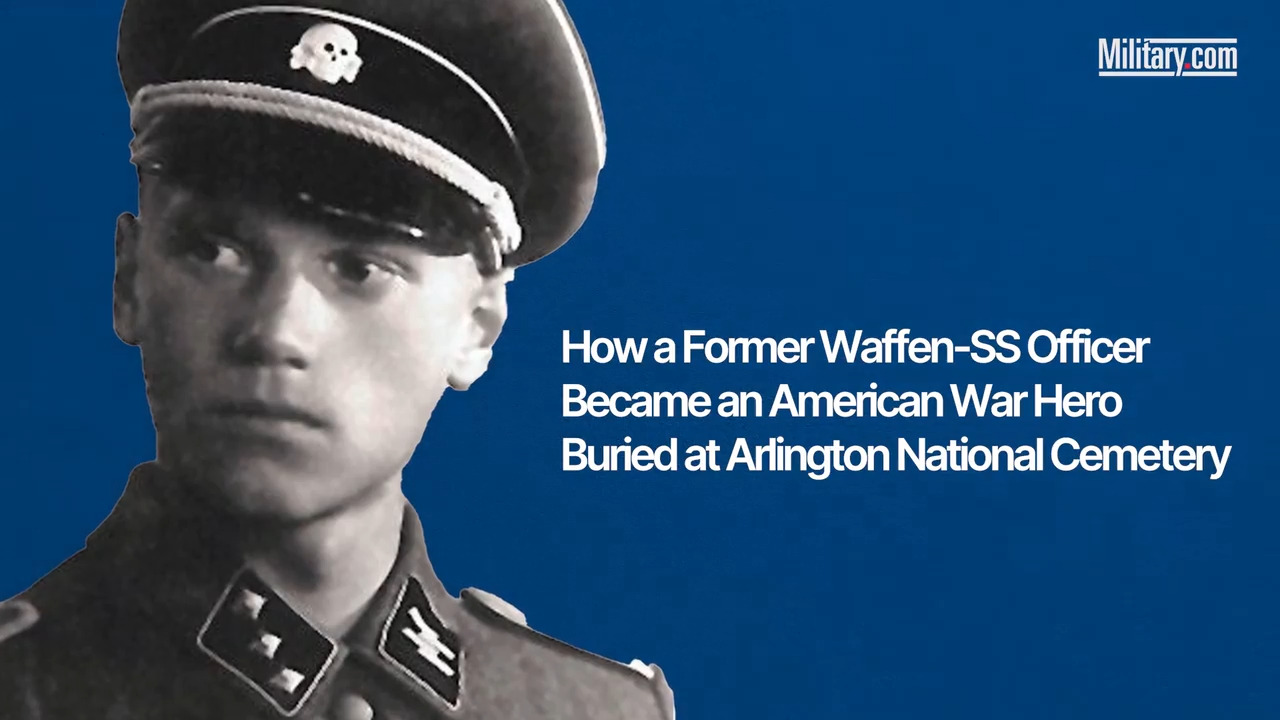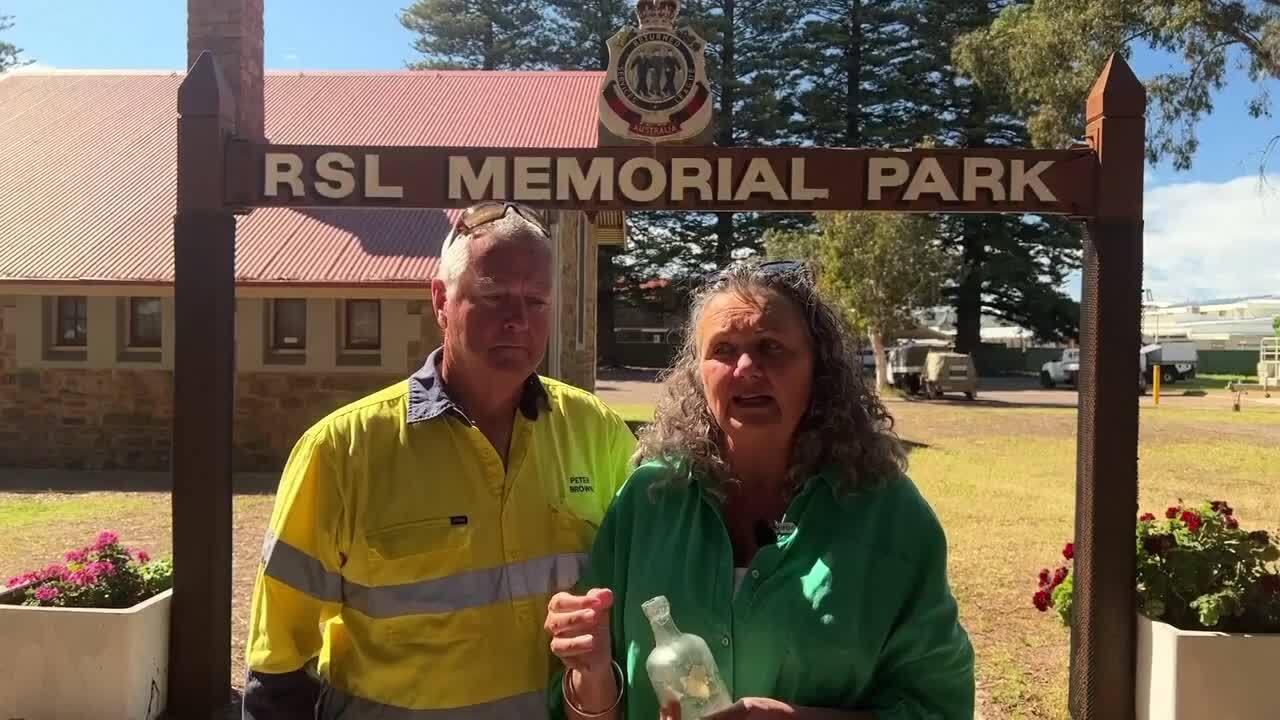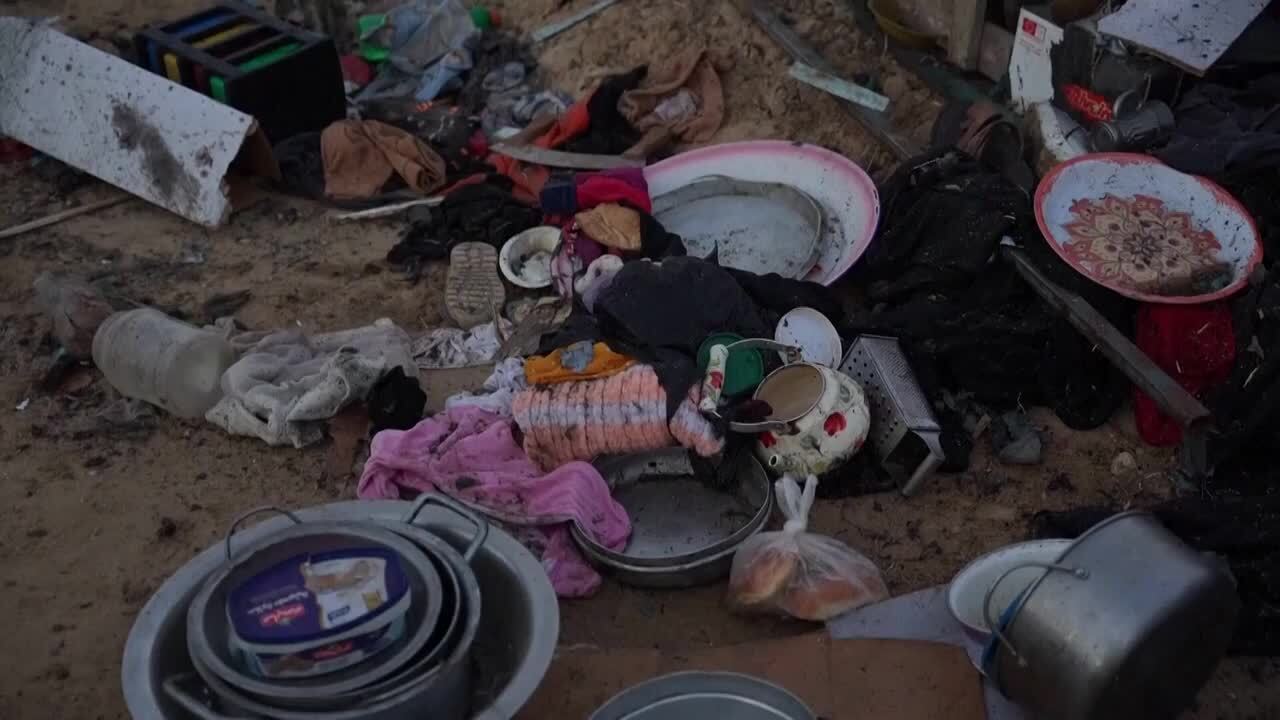"We have two missions in the Marine Corps -- to win battles and make Marines," said Col. Bob Hayes, assistant deputy chief of staff for operations and training at the recruit depot at Parris Island, South Carolina. "The Crucible is one piece of that effort."
Teamwork
The Crucible emphasizes trainee teamwork under stress.
"Recruits get eight hours of sleep during the entire 54-hour exercise," said Sgt. Roger Summers, a Delta Company drill instructor in the 1st Recruit Training Battalion at Parris Island, South Carolina. "They get two-and-a-half MREs and they are responsible for rationing out the food to themselves. Then we put them through tough physical activities like road marches and night infiltration courses. They march about 40 miles in those 54 hours."
It isn't long before the recruits are tired and hungry, Summers said, but as they keep going, they realize they can call on reserves they never knew they had.
"Some of these recruits do things they never thought they could do," he said. "Some of them come from middle-class homes where everything has been handed to them. Others come from poorer homes where nothing was ever expected of them. If they finish the Crucible, they have accomplished something."
One recruit put it best. "I am going to finish this," he said. "And when I do, it will be the most positive thing I have done in my life."
Problem Solving
Delta Company begins the Crucible at 3 a.m. with a six-mile road march from their barracks to Page Field, the Crucible site. Once there, recruits -- and that's the only thing the drill instructors call the trainees -- place their gear in huts and prepare for the first of four four-hour events.
Each event has a number of "warrior stations" that the team of recruits must work together to overcome or solve. Each station is named for a Marine hero, and the drill instructor has a recruit read a brief explanation of how the hero's actions exemplify the Corps and its values.
"I choose a different leader for each station. That way, all the recruits understand what it's like to be the leader and what they have to do to be a follower," Summers said. "For some of them, they want to run everything. They can't admit that a recruit who may not have been the sharpest in previous training has a good idea. Sometimes it's the quiet one who has the idea, and no one will listen.
"You see the team learn as they go along. At the beginning, they just charge ahead without a plan and without asking if anyone has an idea. By the end of the Crucible, you see them working together better, getting advice from all team members and solving more of the problems."
One warrior station, for example, is built around an enemy-mined rope bridge that the recruits must cross with their gear and ammunition boxes. They have only a couple of short ropes and their personal gear to solve the problem. At another event, recruits run into firing positions and engage pop-up targets with 10 rounds in two magazines. Recruit teams battle each other with pugil sticks in yet another event.
No Rest for the Weary
The recruits grab food and water when they can. After the first two events comes a five-mile night march. "The night march was the toughest thing we've done here," said 18-year-old Pfc. Josh Lunceford of Charleston, W.Va. "The whole company went on it, and whoever led it set a real fast pace. You couldn't see very well and people were tripping over stuff, and everyone was tired."
The recruits hit the rack for four hours of sleep, then begin another day and finish the final two events. "On the second day, they are tired and hungry, and it really starts to show," said Capt. John H. Rochford, Delta Company commander. "They start getting short with one another, but they realize after the first day, they have to work together to finish. No one gets through the Crucible alone."
At the end of the second day, the recruits go through a night infiltration course and then hit the rack for another four hours. When they get up, they face a nine-mile march and the end of the Crucible.
Transformation
The march begins at 4 a.m. and, at first, is done quietly. Recruits limp along, because no one wants to drop out this close to the end, Summers said.
As the sun rises, the recruits cross DI Bridge. Once across, the drill instructors start Jody calls and the recruits join in. As they get closer to the main base, the Jody calls get louder until they reach the Parade Deck. The recruits form up around a half-size replica of the Marine Corps Memorial -- also known as the Iwo Jima Memorial. There, a significant transformation takes place.
"We're not just giving them basic training; we're turning them into Marines," Rochford said. "There's more to being a Marine than knowing how to fire a weapon. There's a whole tradition behind it, and we want these recruits to measure up to the men and women who went before them."
A color guard raises the flag on the memorial. The chaplain reads a prayer specifically written for the finish of the Crucible, and the company first sergeant addresses the recruits. Then the drill instructors present each of their recruits with the Marine Corps insignia -- the eagle, globe and anchor. He shakes their hands and calls them "Marine" for the first time. Many accept the honor with tears streaming down their faces.
Interested in Joining the Military?
We can put you in touch with recruiters from the different military branches. Learn about the benefits of serving your country, paying for school, military career paths and more: sign up now and hear from a recruiter near you.















